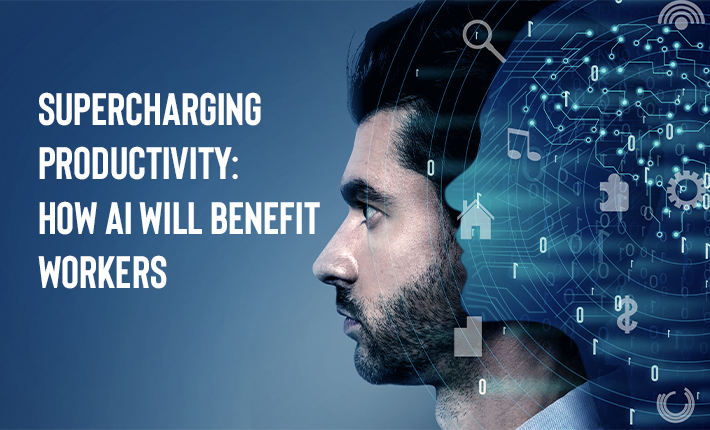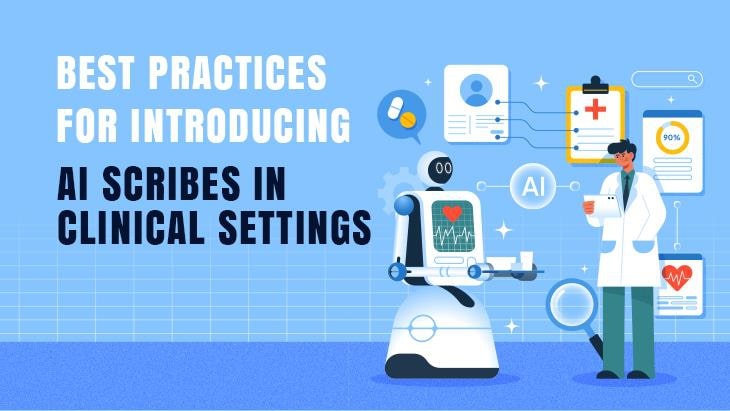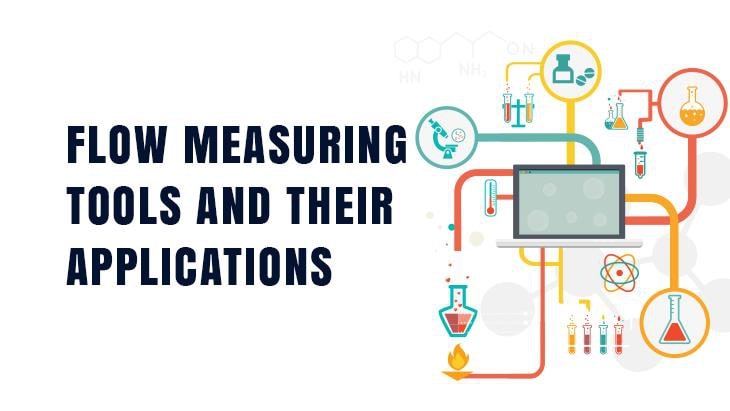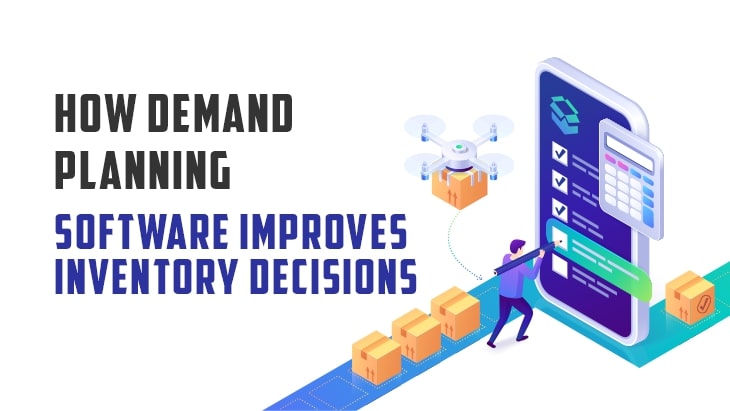Artificial Intelligence (AI) has the potential to revolutionize productivity in the workplace, empowering workers and transforming the way tasks are performed. By automating routine and repetitive tasks, providing intelligent insights, and augmenting human capabilities, AI can supercharge productivity across industries. However, there are concerns about the impact of AI on workers, including job displacement and dehumanization. In this article, we will delve into the ways AI can benefit workers and enhance their overall work experience. From increased efficiency and reduced workloads to improved decision-making and enhanced creativity, AI has the potential to empower workers and foster a more fulfilling and productive work environment.
Increased Efficiency and Reduced Workloads:
One of the key benefits of AI in the workplace is increased efficiency and reduced workloads. AI systems can automate repetitive and mundane tasks, freeing up workers' time and allowing them to focus on more strategic and value-added activities. For example, AI-powered chatbots can handle customer inquiries, reducing the burden on customer service representatives and enabling them to tackle more complex issues. AI algorithms can also automate data entry and analysis, saving significant time and effort for workers in various domains.
Moreover, AI systems can process vast amounts of data quickly and accurately, enabling workers to make more informed decisions in a timely manner. For instance, AI-powered analytics tools can analyze complex datasets and provide actionable insights, helping workers identify trends, patterns, and opportunities. This not only improves efficiency but also empowers workers to make data-driven decisions that drive business growth.
Enhanced Decision-Making and Problem Solving:
AI can significantly enhance decision-making and problem-solving capabilities by providing intelligent insights and recommendations. Machine Learning algorithms can analyze large volumes of data and identify patterns that humans may overlook. This enables workers to have a more comprehensive understanding of complex situations, make more accurate predictions, and devise effective strategies.
AI-powered tools, such as predictive analytics platforms, can help workers anticipate customer needs, optimize supply chain operations, and mitigate risks. For example, in healthcare, AI algorithms can analyze patient data and assist doctors in diagnosing diseases or recommending treatment plans. Such AI-enabled decision support systems enhance the accuracy and efficiency of decision-making processes, ultimately benefiting both workers and the organizations they belong to.
Skill Augmentation and Empowerment:
Contrary to the fear of job displacement, AI has the potential to augment workers' skills and empower them to take on more challenging and fulfilling roles. AI can handle routine tasks, allowing workers to focus on tasks that require critical thinking, creativity, and emotional intelligence. This promotes skill development and growth, as workers have the opportunity to expand their expertise and take on more complex responsibilities.
AI-powered tools, such as virtual assistants or collaborative robots, can act as valuable teammates, working alongside humans to complement their skills and capabilities. For instance, in manufacturing, AI-powered cobots (collaborative robots) can assist workers in physically demanding or repetitive tasks, reducing physical strain and enabling them to focus on tasks that require human judgment and creativity.
Creativity and Innovation:
AI can also foster creativity and innovation in the workplace. By automating repetitive and time-consuming tasks, workers have more time and mental space to engage in creative problem-solving, ideation, and innovation. AI algorithms can analyze vast amounts of data, trends, and customer feedback to identify potential gaps or opportunities for innovation. This helps workers generate new ideas and devise novel solutions to complex challenges.
Additionally, AI can assist in the creative process itself. For example, AI-powered content generation tools can help writers, designers, and marketers generate ideas, optimize content, and enhance creativity. AI can provide recommendations and suggestions based on historical data, enabling workers to refine and improve their creative output. By leveraging AI-powered tools, workers can explore new possibilities, push boundaries, and unleash their creative potential.
Improved Work-Life Balance:
AI's impact on work extends beyond the workplace itself. By automating repetitive tasks and streamlining processes, AI can contribute to improved work-life balance for workers. With reduced workloads and more efficient workflows, workers can achieve a better equilibrium between their professional and personal lives. They can dedicate more time and energy to activities outside of work, fostering overall well-being and satisfaction.
For instance, AI-powered scheduling and time management tools can optimize work schedules, prioritize tasks, and allocate resources effectively. This allows workers to complete their work efficiently and have more time for leisure activities, family, and personal interests. Additionally, AI-driven communication platforms and virtual collaboration tools facilitate remote work and flexible arrangements, enabling workers to have more control over their work schedules and location.
Reskilling and Upskilling Opportunities:
As AI becomes more prevalent in the workplace, there is a growing need for workers to acquire new skills and adapt to changing job requirements. However, AI also presents an opportunity for workers to reskill and upskill, ensuring their relevance and employability in the age of automation. Organizations and educational institutions can invest in reskilling initiatives, providing workers with training programs to acquire AI-related skills.
By embracing AI technologies and gaining expertise in their utilization, workers can enhance their value in the job market and explore new career opportunities. AI can facilitate personalized learning experiences, tailored to individual needs and preferences. Adaptive learning platforms powered by AI algorithms can identify skill gaps and provide targeted training materials to help workers acquire the necessary knowledge and competencies.
Furthermore, the integration of AI into work processes can foster a culture of continuous learning and innovation within organizations. Workers can engage in collaborative learning and knowledge sharing, leveraging AI-powered platforms to access a wealth of resources and expertise. This enables a dynamic and evolving work environment where workers are continuously learning and growing alongside AI technologies.
Conclusion:
AI has the potential to revolutionize productivity in the workplace, benefiting workers in numerous ways. From increased efficiency and reduced workloads to enhanced decision-making, skill augmentation, and improved work-life balance, AI empowers workers to focus on more meaningful and creative tasks. Additionally, AI presents opportunities for reskilling and upskilling, ensuring workers remain relevant and adaptable in the changing job landscape. By embracing AI technologies and leveraging their potential, workers can thrive in a future where humans and machines work together to achieve higher levels of productivity, innovation, and job satisfaction.

















Post Comments